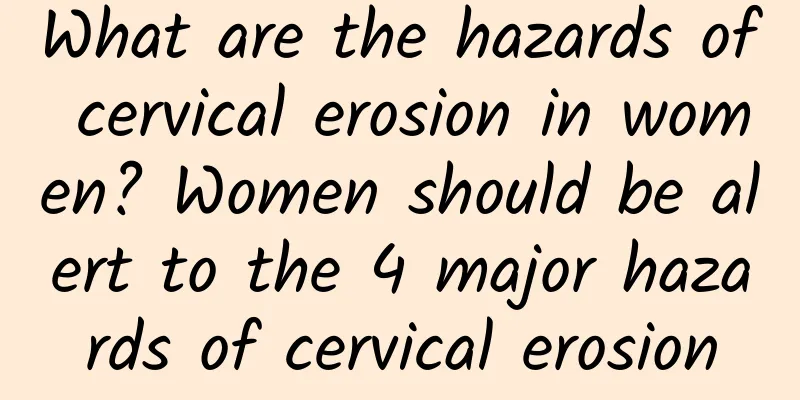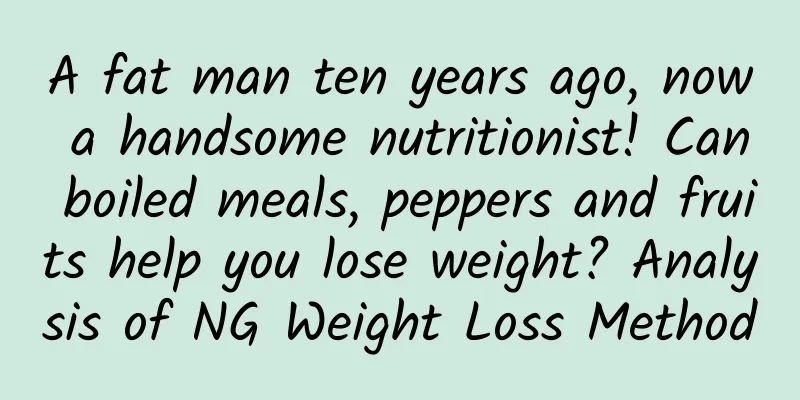Prevent sarcopenia in old age! 2 strategies to maintain muscle mass and extend mobility

|
Many elderly people often feel that they have poor physical strength and cannot walk... In fact, as they age, the body's muscle tissue is easily lost. Once nutritional supplements are insufficient, coupled with factors such as poor appetite and decreased absorption, it is easy to lead to physical decline and even weight loss, which in turn worsens into sarcopenia and affects mobility. Rehabilitation specialists remind us that intelligently supplementing the nutrients needed to nourish muscles and exercising continuously and regularly will not only help improve mobility, but is also the only way for the elderly to lead a healthy and happy life. Lin Zongqing, a rehabilitation physician at Far Eastern Hospital, pointed out that Taiwan's population is aging rapidly. The number of people aged 65 and above has reached 12%. By 2025, the elderly population may reach 20%. Aging is an inevitable trend. Faced with the onset of an aging population, health care for the elderly is urgent. In particular, how to maintain good mobility and still enjoy a healthy and comfortable life is a major issue. In addition to actively promoting integrated services for the elderly, we must also intervene in exercise and diet management early so that people can live a healthy life until old age. There are three invisible killers that affect the mobility of the elderly The three main invisible killers that affect the mobility of the elderly are "osteoporosis, sarcopenia, and joint degeneration". Osteoporosis may cause fractures after falls. In addition, patients with sarcopenia will have insufficient muscle strength, feel strenuous when walking or standing, walk unsteadily, are prone to falling, and aggravate degenerative arthritis, which seriously affects the quality of life and even increases the risk of death. To prevent muscle loss in the elderly, it is recommended to take early preventive measures, especially after the age of 40, when it is necessary to make plans to "grow" muscles. In addition to adjusting your diet early, you also need to change your "less active" lifestyle. Even if you have to sit in front of a computer for a long time to work, you should get up and move around intermittently. It is best to develop a good habit of exercising regularly for 30 minutes a day to strengthen your muscle strength and improve your mobility. The elderly lose muscle strength faster than other organs deteriorate Why do the elderly lose muscle strength quickly? Dr. Lin Zongqing emphasized that skeletal muscle is one of the most important tissues required by the body to support daily activities. During the aging process, muscle tissue will decrease year by year, which is called "sarcopenia". The rate of muscle loss is faster than the degeneration of other organ functions, especially the muscles of the large muscle groups in the lower limbs. People who suffer from diseases such as diabetes, heart disease, chronic obstructive pulmonary disease, which cause chronic inflammation in the body, do not consume enough nutrition or protein, or rarely exercise are at high risk of rapid muscle loss. How do you know if you have muscle loss? Common signs of insufficient muscle strength include: slower walking speed, inability to open or twist bottle caps, inability to wring out towels, increasing weight loss, and calves that become so thin that they look like bird feet. Sarcopenia is getting younger, and the number of young people who suffer from improper weight loss is increasing It is worth noting that studies have confirmed that the amount of muscle mass is the key factor affecting the risk of death in the elderly. If the muscle mass of an elderly person simply decreases to below the standard, it is "pre-sarcopenia"; if low muscle mass is combined with low muscle strength or low physical function performance, it is "sarcopenia"; if all three exist, it is "severe sarcopenia." In clinical practice, it is often found that many elderly patients with sarcopenia are not only related to nutritional imbalance, but also to chronic diseases such as obesity, metabolic abnormalities, cardiovascular disease, dementia, osteoporosis, etc. In recent years, it has been discovered that sarcopenia is now gradually becoming younger, especially young people who do not lose weight properly, who are the largest hidden group. 2 strategies for muscle maintenance: Don’t lose your muscle Dr. Lin Zongqing reminds us that muscles are an extension of mobility. In order to maintain muscles, in addition to sufficient high-quality protein, regular exercise (especially resistance strength training) is also required. In particular, supplementing with high-protein foods or more easily absorbed amino acid supplements can help muscles recover and maintain quickly. Strategy 1: Supplement high-quality protein To nourish muscles, it is necessary to supplement with high-quality protein. The daily diet should focus on a balanced diet. In addition to choosing high-quality protein, it is also necessary to appropriately supplement calcium and vitamin D to prevent osteoporosis. It is recommended that you eat more meat, eggs, milk and soy milk on a daily basis to absorb protein; in addition, you should get more sun exposure to supplement vitamin D and increase bone mass and muscle strength. The general protein intake must reach 1.2-1.5 g/kg/day, and the intake should be in the form of 25-30 grams of high-quality protein for each meal, that is, high biological value protein. It contains nine essential amino acids, and the body can obtain enough essential amino acids after consumption. Most beans, fish, meat, eggs, milk, and dairy products contain high biological value protein (HBV protein). It is recommended to supplement it in sufficient amount to achieve the best muscle protein synthesis effect. For example, there are oral nutritional supplements on the market that are designed specifically for adults and contain a variety of nutrients. As long as you drink it moderately with breakfast every day, you can fully absorb protein, vitamins A, B1, C, E, and minerals such as calcium, magnesium, phosphorus, potassium, etc. It is a good choice. Strategy 2: Resistance Strength Training If you are in good physical condition, you can also go to the gym to exercise with a professional coach, or seek guidance from a professional physical therapist to perform appropriate resistance training. You can also use a resistance ball at home, stand on tiptoes, or use a plastic bottle filled with water as a small dumbbell for training. You can also use an elastic band, which is an auxiliary equipment made of stretchable material that can provide resistance and increase muscle strength. |
<<: Is drinking milk an effective first aid for stomach inflammation? Eat applesauce to the rescue?
>>: 4 weight loss secrets to lose weight and burn fat with your good friends
Recommend
Treatment of pelvic inflammatory disease
Pelvic inflammatory disease can be said to be a c...
What to do if your menstrual cycle is disrupted?
What to do if your menstrual cycle is disrupted? ...
How to check for congenital absence of vagina
Differential diagnosis of congenital absence of v...
Obesity is caused by too much "moisture" in the body! 7 key points to get rid of phlegm and dampness, eliminate waste and lose weight naturally
Do you have the same problem of not being able to...
What are the symptoms of ectopic pregnancy?
Many women do not know whether they have an ectop...
Rumor has it that the more curcumin you take, the more effective it is for weight loss? The nutritionist answered and understood immediately~
Those who love beauty and want to lose weight may...
How long after ectopic pregnancy surgery can I take a shower and wash my hair
Ectopic pregnancy is clinically called ectopic pr...
What are the examination items for congenital absence of vagina?
Women do not want to have gynecological diseases,...
Can I play with my phone during confinement after a miscarriage? What are the consequences of playing with my phone during confinement?
Many female friends have had the experience of co...
What medicine can make uterine fibroids disappear?
What medicine can make uterine fibroids disappear...
How should women maintain their uterus after abortion? Women should know about the hazards of abortion
If an unexpected pregnancy occurs, most people wi...
Treatment of Dysfunctional Uterine Bleeding in Adolescence with Motherwort and Shepherd's Purse
Functional uterine bleeding is a common gynecolog...
How to regulate scanty menstruation
Light menstrual flow can be a problem for many wo...
What is the difference between cervical cancer and uterine fibroids? What are the differences in symptoms between cervical cancer and uterine fibroids?
Cervical cancer and uterine fibroids are two comm...
What is the reason for bleeding again one week after the menstrual period?
Women should pay attention to the observation of ...









